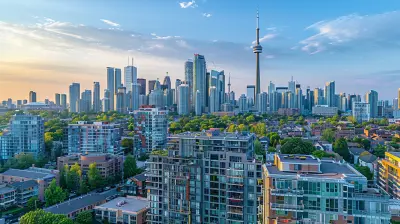How Zoning Shapes Neighborhoods and Communities
16 August 2025
Have you ever wondered why some neighborhoods are packed with shops and restaurants, while others are quiet with tree-lined streets and single-family homes? The answer lies in zoning laws—a set of rules that dictate how land can be used in different areas.
Zoning impacts everything from housing availability to traffic flow, and even the personality of a community. It shapes the way we live, work, and interact with our surroundings. But how exactly does it work? And why does it matter so much? Let’s take a deep dive into how zoning shapes neighborhoods and communities. 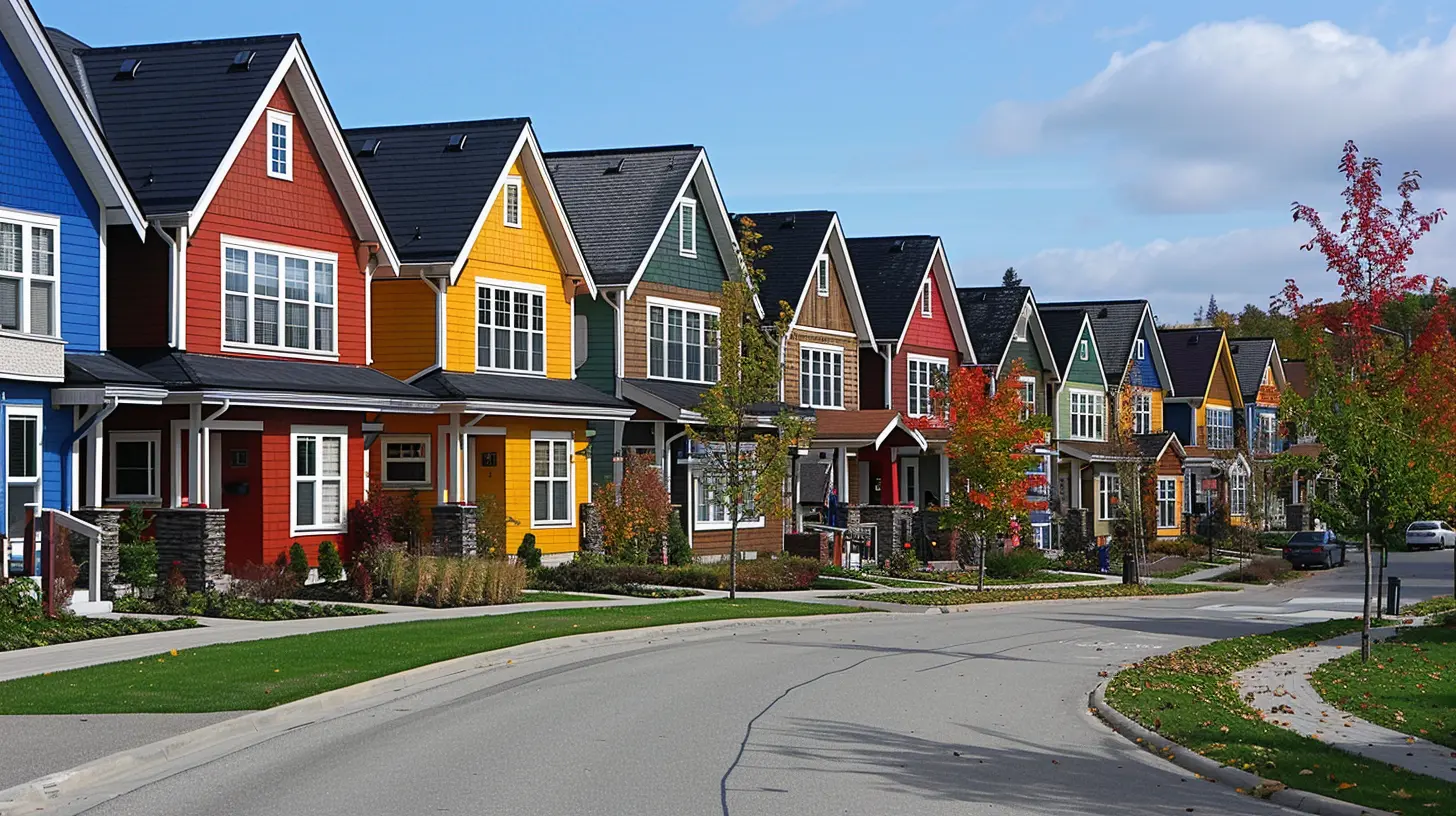
What Is Zoning and Why Does It Matter?
At its core, zoning is like a city's rulebook for land use. Local governments create zoning laws to ensure that growth is planned and organized, preventing chaotic development. Without zoning, you could find a noisy factory right next to a quiet suburban home!Zoning plays a huge role in shaping the character and functionality of a community. It determines where businesses can set up, where parks should be located, and how much housing can be built in an area.
Think of zoning as an invisible architect—it may not be obvious at first glance, but it quietly influences everything around you. 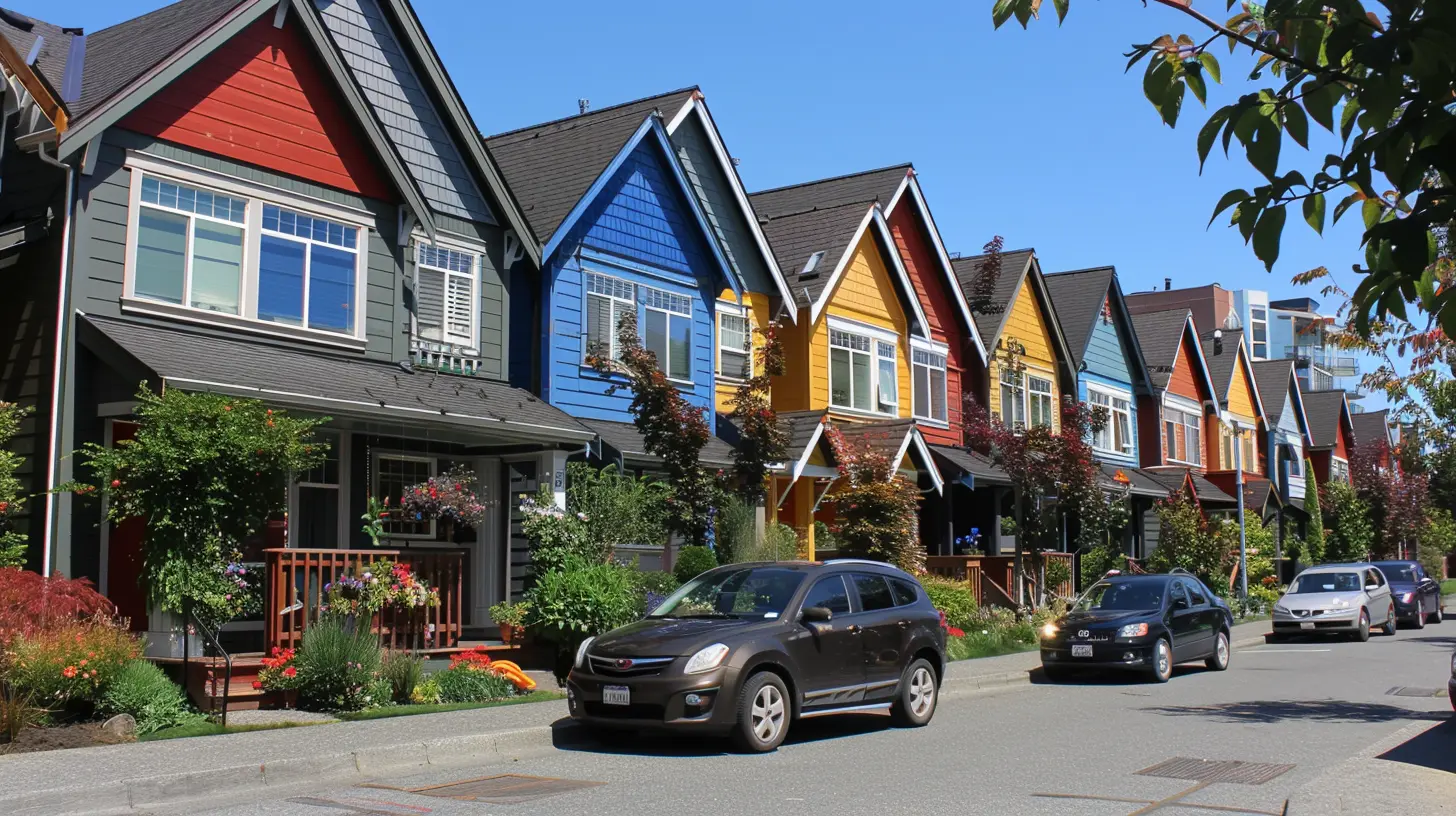
How Zoning Influences Neighborhood Layouts
Zoning regulations help create distinct neighborhood layouts, ensuring that different areas serve specific purposes. Here’s how:1. Residential Zoning: Dictating Housing Styles
Ever noticed how some neighborhoods have only single-family homes, while others have high-rise apartment buildings? That’s zoning at work.- Single-family zoning restricts areas to houses meant for one family, keeping neighborhoods quieter and less dense.
- Multi-family zoning allows for duplexes, apartment complexes, and townhouses, increasing housing options.
This impacts home affordability, diversity, and the overall feel of a neighborhood. Cities struggling with housing shortages often rezone certain areas to allow for more multi-family housing.
2. Commercial Zoning: Shaping Business Districts
Cities typically separate areas for business activities to prevent conflicts between residential and commercial spaces.- Retail zoning creates shopping areas where stores, malls, and restaurants flourish.
- Office zoning designates spaces for corporate buildings and business centers.
- Mixed-use zoning allows homes, shops, and offices to coexist—think of vibrant downtown areas where people can live, work, and socialize without a long commute.
Well-planned commercial zoning brings convenience, boosts local economies, and creates lively communal spaces.
3. Industrial Zoning: Keeping Heavy Work Away from Homes
Imagine living next to a loud factory with constant traffic and pollution. Sounds unpleasant, right? That’s why industrial zones exist.Industrial zones are set aside for manufacturing plants, warehouses, and factories, helping to keep residential areas clean and peaceful.
Many cities also separate light and heavy industries, ensuring that small-scale businesses can operate closer to populated areas without causing disruptions.
4. Agricultural and Open Space Zoning: Preserving Nature
Not all land is meant for houses and businesses. Agricultural and open space zoning exists to protect farms, greenery, and wildlife areas.- Agricultural zoning prevents farmlands from being converted into urban developments.
- Open space zoning is designed to preserve parks, forests, and recreational spots.
This ensures that cities maintain a balance between urban expansion and natural spaces, improving air quality and overall well-being. 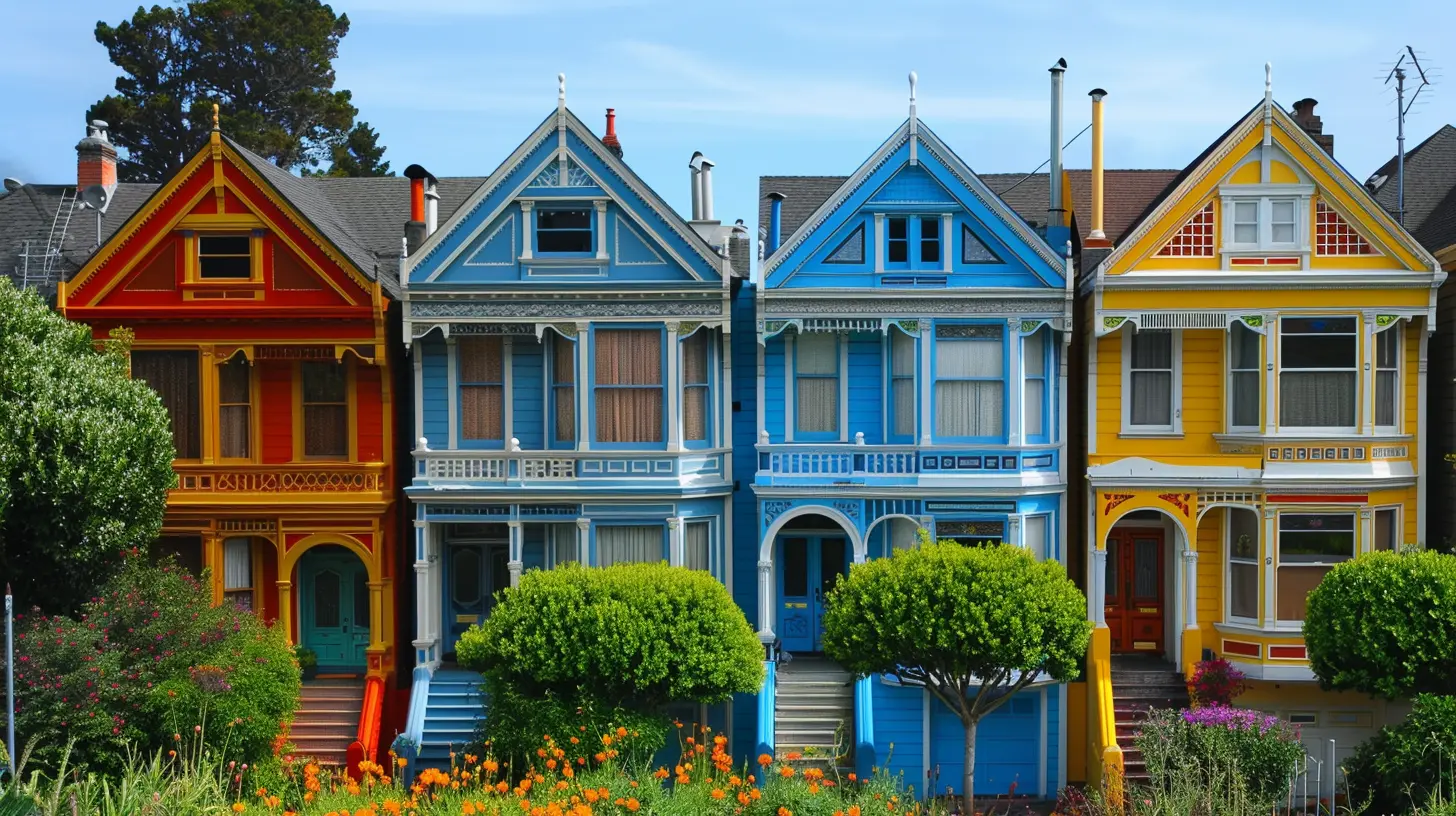
How Zoning Affects Community Development
Zoning laws don’t just dictate what gets built—they shape the way communities evolve. Here are some key ways zoning impacts the places we call home:1. Affordable Housing and Socioeconomic Diversity
Zoning policies play a major role in determining housing affordability. In cities with strict single-family zoning, home prices can skyrocket due to limited housing availability.Some cities are now adopting inclusionary zoning, which requires developers to include affordable housing in new projects. This helps create economically diverse neighborhoods where people from different income levels live side by side.
2. Traffic and Transportation Infrastructure
The way a city is zoned directly influences traffic flow.- Dense urban zoning often leads to better public transportation options, like buses and subways.
- Suburban zoning encourages car dependency, often leading to traffic congestion.
Mixed-use zoning, where homes and businesses are close together, reduces commuting times and promotes walkability and cycling.
3. Community Engagement and Culture
Zoning doesn’t just shape buildings—it shapes social interactions too.- Neighborhoods with communal spaces (parks, plazas, and coffee shops) foster a stronger sense of community.
- Overly restrictive zoning can lead to isolated areas, where people rarely interact outside their homes.
When people live, work, and shop in the same area, it naturally leads to more community involvement and cultural vibrancy. 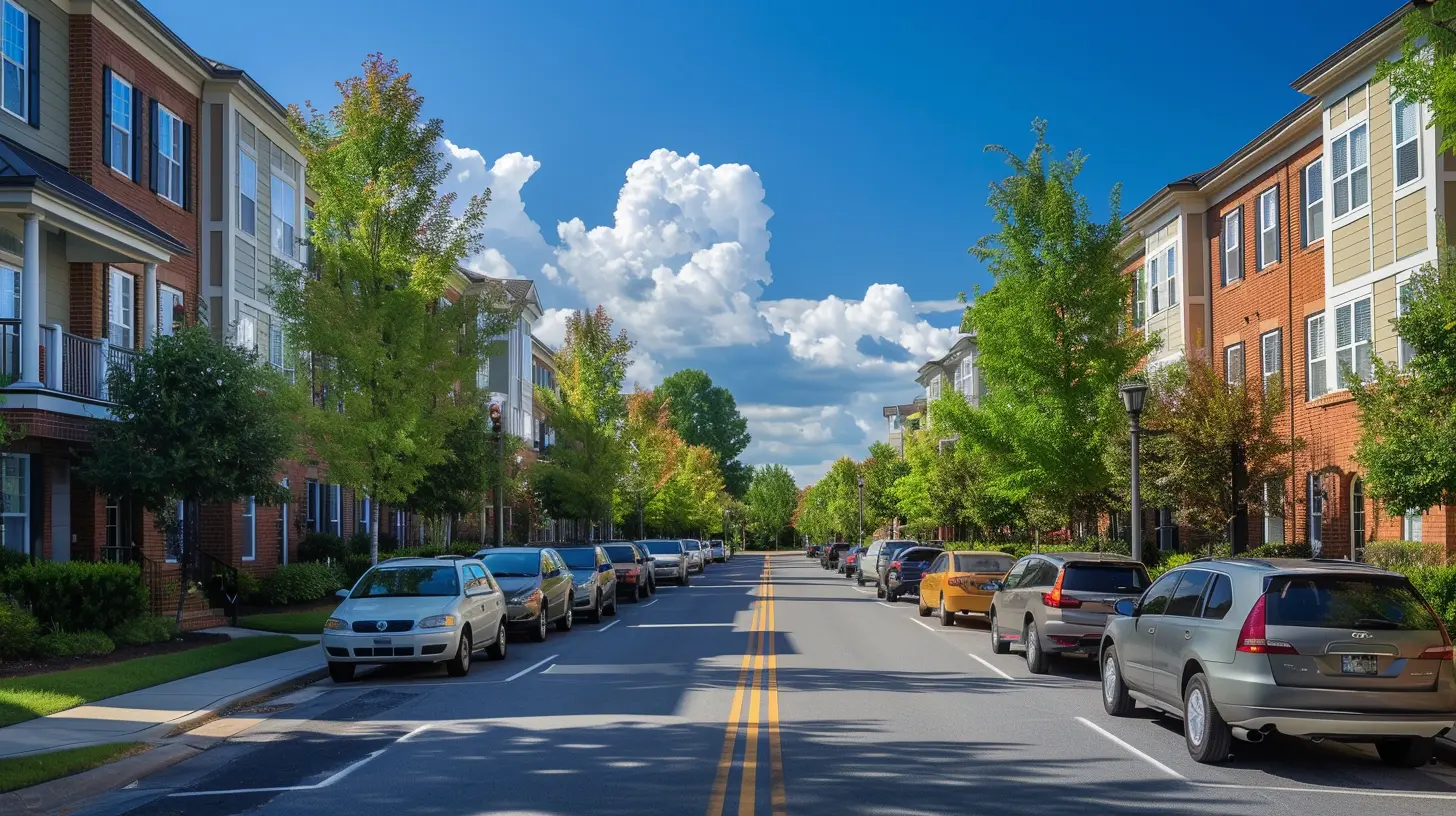
The Downsides of Zoning
While zoning is essential for organized growth, it’s not without flaws. Some zoning practices have led to unintended consequences, such as:1. Exclusionary Zoning and Inequality
Certain zoning laws have historically been used to exclude lower-income residents from wealthy neighborhoods.For example, limiting an area to only single-family homes can drive up property prices, making it harder for middle and lower-income families to afford housing.
2. Overregulation Stifling Growth
In some areas, zoning laws are so strict that they limit innovation and development.For instance, cities with outdated zoning restrictions may struggle to build new housing, causing housing shortages and skyrocketing rents.
3. Urban Sprawl and Environmental Impact
When zoning promotes low-density development, cities can expand outward uncontrollably—leading to urban sprawl.Sprawl contributes to:
- Increased traffic and longer commutes.
- Loss of natural habitats and green spaces.
- Higher infrastructure costs for roads and utilities.
Smart zoning reforms can help balance urban growth with sustainability, ensuring long-term benefits for everyone.
The Future of Zoning: What Needs to Change?
As cities grow and evolve, zoning laws must adapt to modern challenges. Some emerging zoning trends include:1. Embracing Mixed-Use Development
More cities are allowing mixed-use zoning, blending residential, commercial, and recreational spaces. This creates more walkable, vibrant communities with reduced traffic congestion.2. Loosening Single-Family Zoning Restrictions
To combat housing shortages, some cities are revising zoning laws to allow for more duplexes, townhomes, and apartment buildings in traditionally single-family areas.3. Prioritizing Sustainable Zoning Policies
Green zoning initiatives focus on:- Preserving open spaces and natural landscapes.
- Encouraging energy-efficient buildings and eco-friendly infrastructure.
- Reducing urban sprawl to promote compact, environmentally friendly communities.
By modernizing zoning laws, cities can create more inclusive, sustainable, and livable communities for future generations.
Final Thoughts
Zoning is more than just rules on a map—it’s a powerful force that shapes the places we call home. It determines where we live, how we commute, and even how we interact with our community.While zoning helps maintain order and structure, it’s important for cities to adapt zoning policies to meet the changing needs of residents. Whether it’s increasing affordable housing, improving public spaces, or promoting sustainable growth, zoning holds the key to better, more connected neighborhoods.
So next time you walk through your neighborhood, take a moment to notice how zoning has shaped the environment around you. Chances are, it has influenced more than you think!
all images in this post were generated using AI tools
Category:
Zoning RegulationsAuthor:

Travis Lozano
Discussion
rate this article
1 comments
Hattie Barnes
Zoning significantly influences our communities, fostering connections and enhancing neighborhood character. It’s vital to understand its impact on us all.
August 25, 2025 at 11:03 AM

Travis Lozano
Thank you for highlighting the importance of zoning! Its role in shaping community connections and character is indeed crucial for fostering vibrant neighborhoods.


